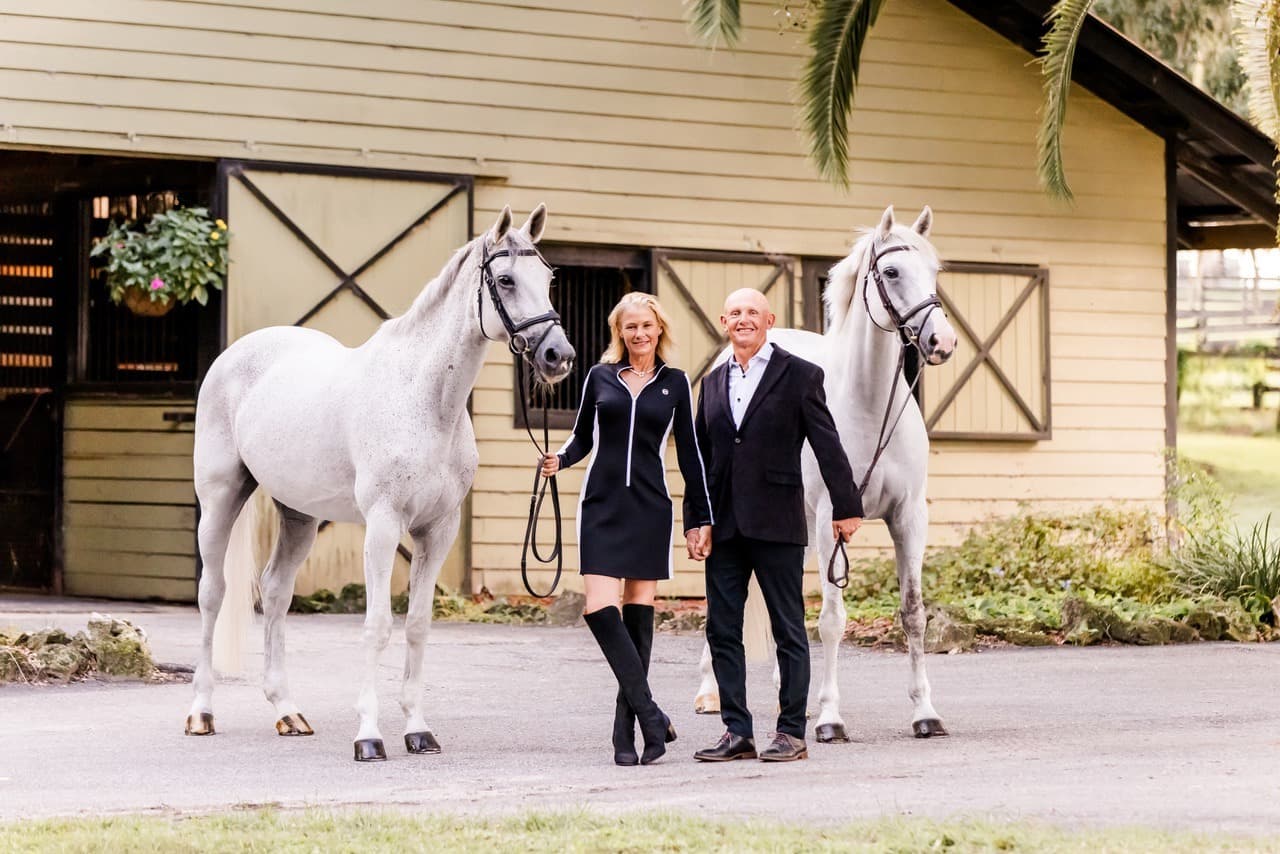Experience the Thrill of the 'Chase: A Guide to Your First USEA Classic Series Event
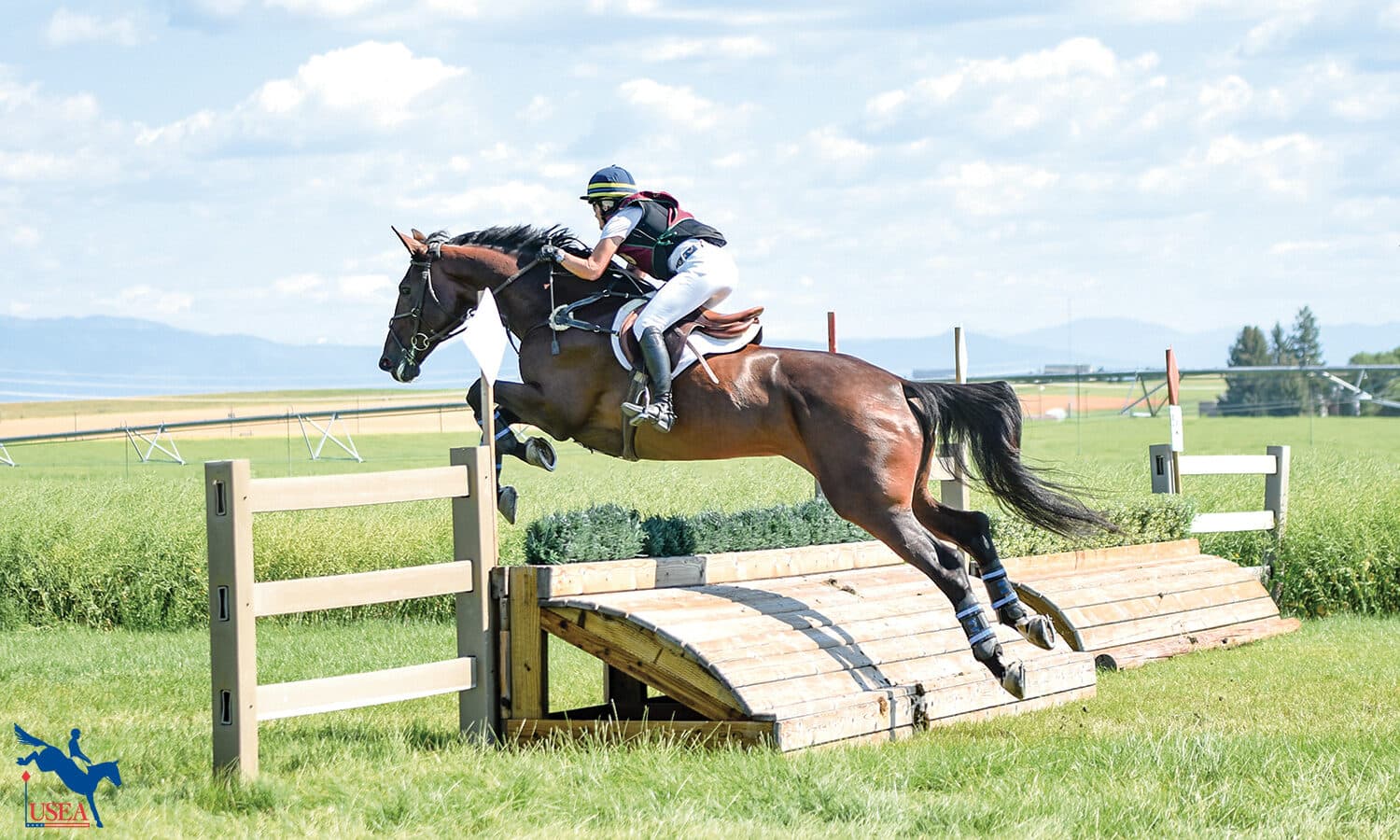
This article originally appeared in the March/April 2019 issue of Eventing USA magazine.
A USEA Classic Series Event is the perfect way to cap off a successful season. For a first-time classic format competitor, the prospect of competing can be daunting. However, with a few pointers and tips, they can be easy to navigate.
The Classic Series Event varies from regular horse trials in that there is only one phase per day in order: dressage, endurance (roads and tracks, steeplechase, and cross-country) with show jumping last and often in reverse order of placing. The biggest difference is the endurance day. At a Classic Series Event, there will be several educational opportunities offered throughout the week given by experts who donate their time to help coach and advise throughout the competition. There could be a “How to Jog Your Horse” session or steeplechase schools or “How to Calculate A, B, & C”. Often organizers offer seminars on what to do in the vet box or “After Endurance Day Care of the Horse” – the subjects may vary but they all are useful and attendance is recommend – you just might find that little something that gives you an edge.
Much of success starts with early planning! Be sure to get an honest evaluation of your horse’s fitness – this has to begin way before the entry is ever sent. If you don’t have access to a coach or trainer who is familiar with what is needed to prepare for a Classic Series Event, there is a lot of conditioning information online as well as several books that offer sample conditioning plans for various levels.
Now that you have put in the conditioning work and learned your dressage test (they are different from regular horse trial tests), it is time to send in your entry. Read the calendar listing for the event you are entering being careful to make note of any information or conditions that pertain to the Classic Series divisions. Organizers try to provide as much information as they can in their prize list – endurance day information, arrival date information, etc.
At the Event
Each Classic Series Event is unique but most of them will follow closely to the traditional FEI long format by asking you to do an arrival or in-barn exam when you get to the venue. The veterinarian will take your horse’s TPR (temperature, pulse, and respiration) and make note of anything unusual, like an old cut or abrasion. This information will be recorded on a sheet that follows your horse throughout the competition. You can ask for it at the end and most veterinarians or organizers are happy to give it to you. Information on this sheet will help the veterinarian evaluate your horse for the very coveted Best Conditioned Award.
Once you have settled your horse in, check the schedule provided by the event. There is usually a welcome meeting for the Classic Series competitors. You will meet the organizer and officials and get a chance to hear any special information that concerns you during the competition. After this meeting, the cross-country course is usually open for walking and often there is a tour of the roads and tracks. Take your map for this even though you are often permitted to hack A and C once the course is open.
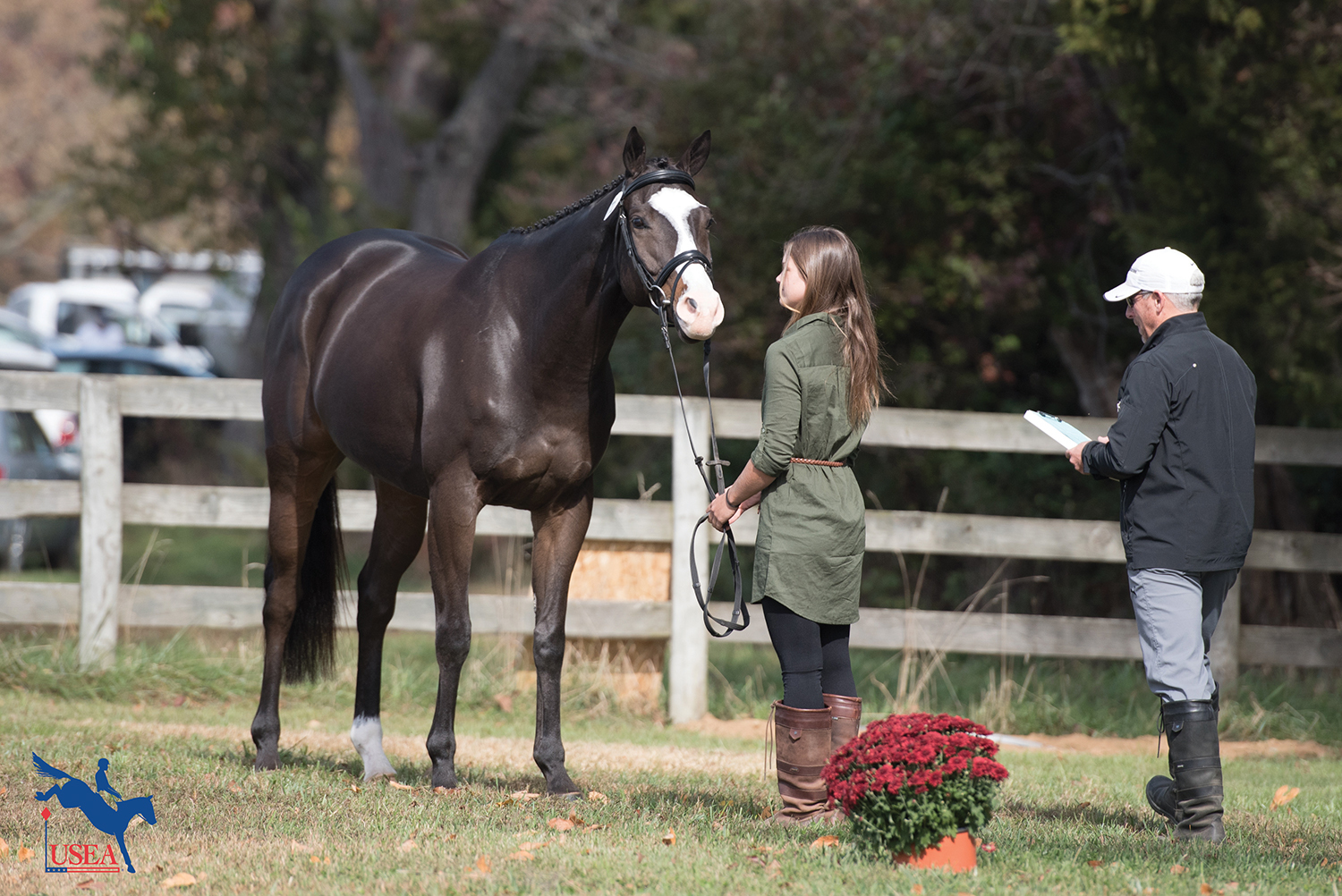
Next comes the first horse inspection. Horses are presented in their bridles and trotted before the ground jury and the veterinarian. The purpose of this is to evaluate the horse’s overall soundness and readiness to compete. Your horse should be spotless, braided, and practiced. The process for a horse inspection includes: walking your horse onto the jog strip, standing him up for the ground jury while the veterinarian walks around him, trotting off (on his left side), slow to a walk to turn around the flowers at the end (remember to go to the left of the flowers), and trotting back past the ground jury. The announcer will then announce if you have passed or need to go to the hold box for reinspection.
The horse inspection is a chance to show a little style of your own and make a good first impression. Be sure your outfit is weather appropriate, not too extreme, and that you wear shoes you can RUN fast in and not fall down. The ground jury will be taking notes to help them decide on the Best Presented Award.
You have passed the jog and now it’s time for your dressage test. The big difference from a regular horse trials is there are often two judges for your dressage test – one at C and one at either B or E. Opinion varies as to whether you salute both of them or just the President that sits at C. Conventional wisdom says to only salute the judge at C, but done smoothly, saluting both is acceptable.
With dressage safely out of the way, it is time to get to the heart of a Classic Series Event. Be prepared to be busy and walk a lot! You have a steeplechase course to walk in addition to the cross-country, which can be longer than a regular horse trials course. At some point, there should be a chance to school a couple of steeplechase fences. Since many Classic Series Events do not often offer the traditional cross-country warm-up fences, the first fence on steeplechase may well be the first fence you jump that day. Take advantage of the schooling if at all possible – it will keep the butterflies down on the day. Remember to get your kit prepared for the 10 minute box before endurance day and drop it off in the morning.
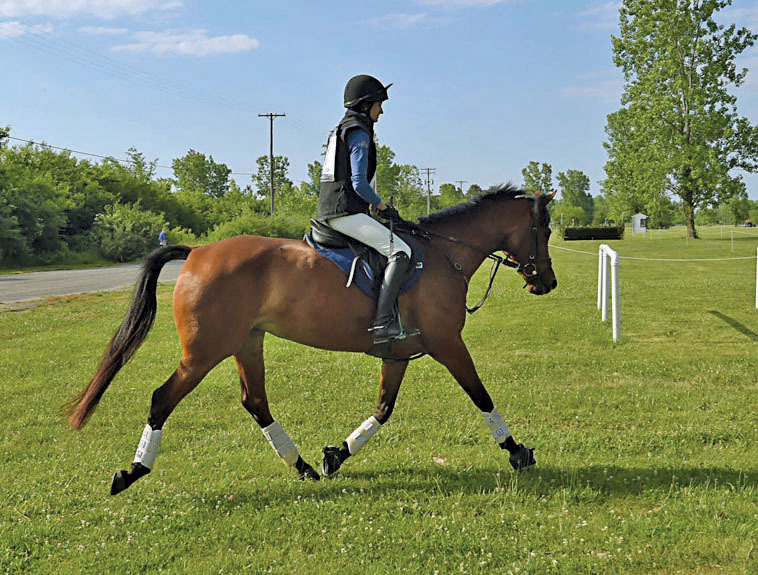
On endurance day, you will start out on phase A – a warm-up opportunity that is ridden at the trot or 220 meters per minute. The distances at competitions will vary, but you will have some mandatory gates you must pass through as well as kilometer markers that will help you in your timing. These can be confusing so be sure you know the difference and you have marked them on your map. Try to find a place that will allow you to take a canter to be ready to gallop. Then on to steeplechase (phase B). There will be a minute provided at the steeplechase start for you to adjust your tack if needed, so be sure you calculate this in your overall plan. Then off you go!
After steeplechase, you will start directly into phase C with no pause. An assistant area is provided where you can take a bit of time to splash water on your horse and check his shoes, so it is important to have a helper stationed there. Be aware that any time you take here will need to be made up. The purpose of phase C is to allow the horse to cool down before arriving in the 10 minute box.
Each of these phases are timed independently, so coming in early does not gain you extra time in the following phase. The only time it might be an advantage to come in early is into the vet box. If you are a couple of minutes early, you have those extra minutes to cool down. But be advised the trade off is you don’t want your horse overly hot coming to the box if you come in too early.
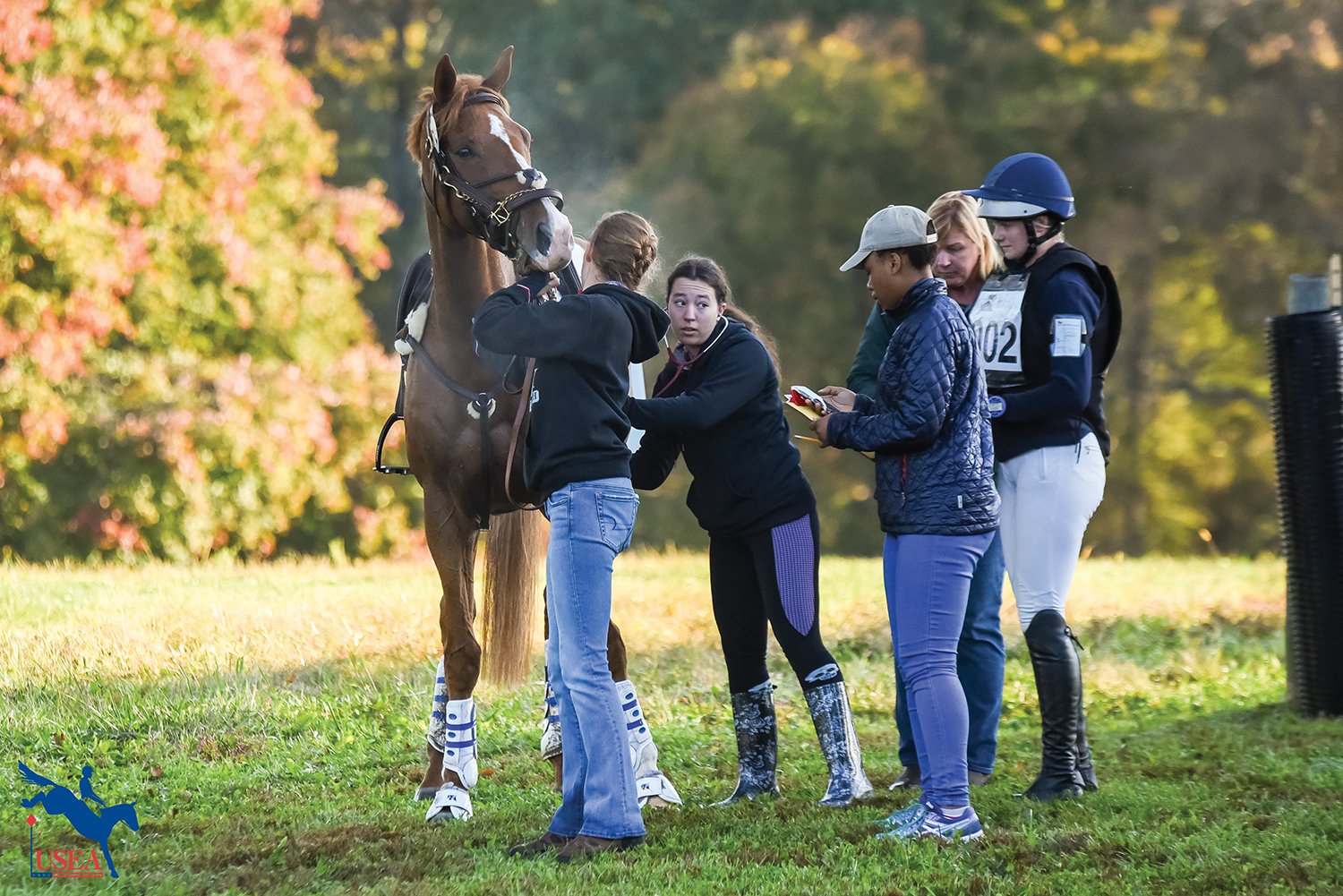
The 10 minute box is always an exciting part of a Classic Series Event. Riders have spent time organizing their helpers – ideally two to three – and their equipment to cool the horse down in preparation for the upcoming cross-country course. When you finish phase C, you will be met by the veterinarian who will take your horse’s TPR. Your team can loosen the girth and noseband while this is going on as long as it doesn’t interfere with what the veterinarian needs to do. Once released, you will be allowed to take your horse to your cooling station. Many events will have volunteers who keep track of your time in the box. While this is wonderful, it is ultimately up to you to keep track of the minutes you have. All the more reason to have helpers.
Remember, this is the time for your horse to relax so the better rehearsed your pit crew is, the quieter and smoother they can be in taking care of your horse. Avoid drama! At about five to six minutes after you arrive in the box, you will be asked to jog for the veterinarian and another TPR will be taken. They want to be assured that your horse is sound and recovering well. They can hold you for another recheck and if that happens, don’t panic, they will adjust your cross-country start time. But if you have done your fitness work, all should be fine. You will have a few precious minutes to mount and get to the start box, and now it is time for cross-country (phase D)!
After cross-country, you will return to the 10-minute box to cool down your horse and have them checked over by the veterinarians a final time before returning to your stall to focus on taking care of your horse. They need rest, potentially icing and wrapping, a little walking to see that they don’t stiffen up, and a good night’s sleep. All in preparation for the final horse inspection in the morning. This will be a repeat of the first horse inspection with the exception that there may be some riders missing due to eliminations, so mind your timetable.
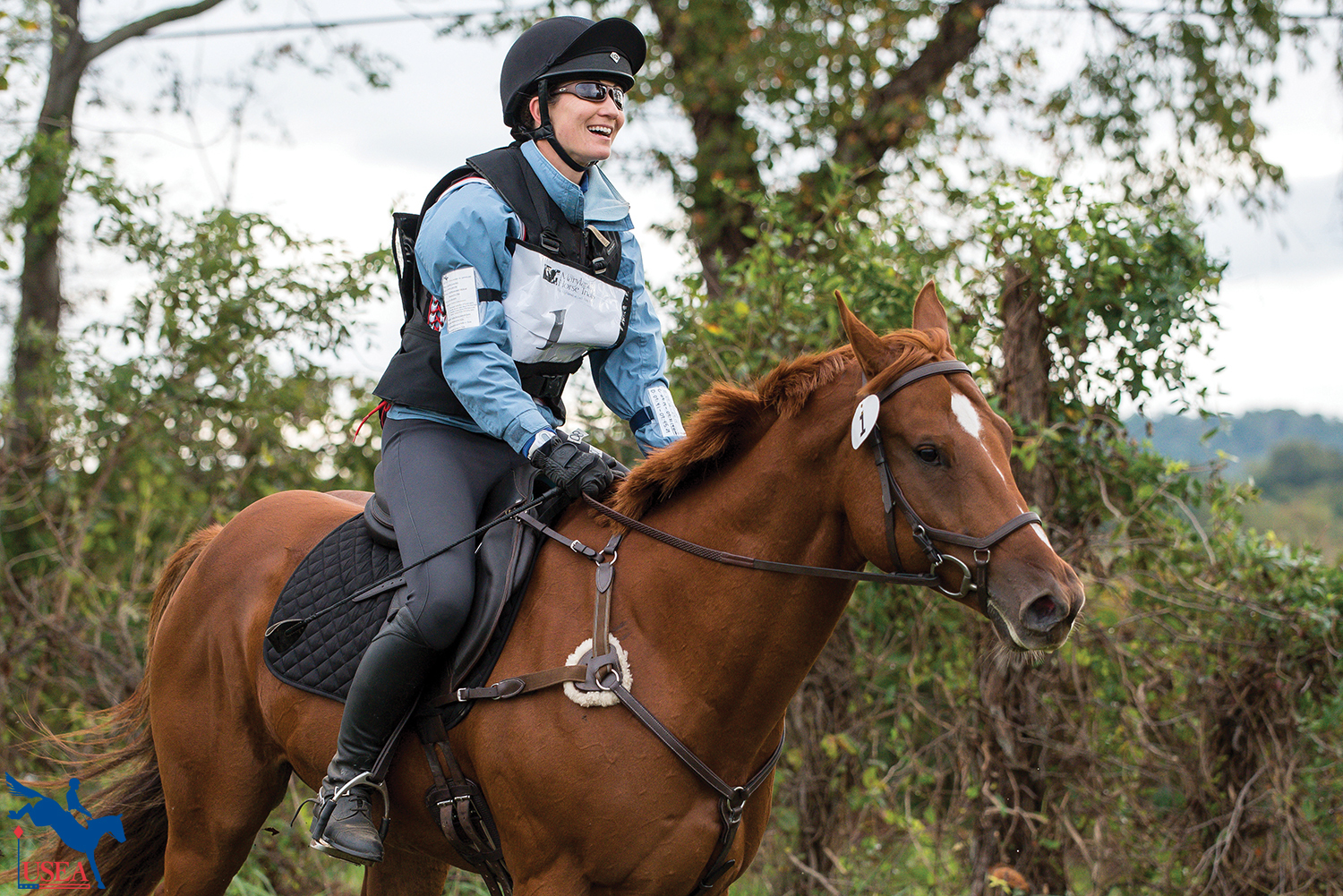
Depending on the schedule of the competition, you may have had a chance to walk your show jumping course the night before – or maybe not. So, on this last day you will have to be sure you make time to get your horse braided and spotless once again, get your course walked, and decide on what you need to do to be sure your horse is ready to be jogged. Maybe a long hand-walk or a light hack; anything to be sure they are sound and loosened up. This day is always an early morning.
If you are jumping in reverse order of go, try to calculate when in the division you will go. Your horse had a bit harder day yesterday, so timing your warm-up is important. You want to be ready to go but not wear them out. This is where horsemanship comes into play.
A bonus of a Classic Series Event is you get to spend more time with your horse building fitness and a strong connection between the two of you. At the conclusion of the event you will know your horse better than ever and you both will have conquered something new and exciting. Many riders and horses discover a new level of confidence, especially in the cross-country phase, and who doesn’t want that? Many riders say competing in a Classic Series Event is the most fun they ever had with their horse!
Did you enjoy this article? Want to receive Eventing USA straight to your mailbox? Members receive Eventing USA as part of their USEA Membership or you can purchase individual issues from the USEA Shop.



